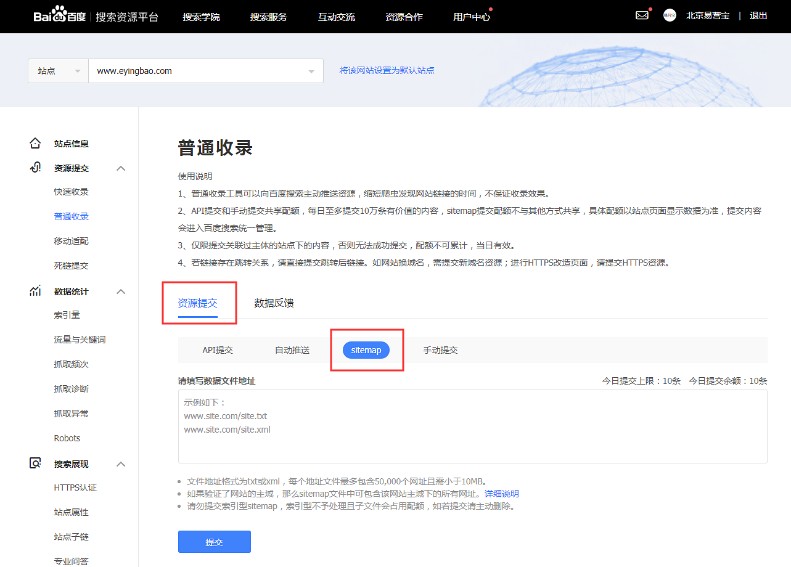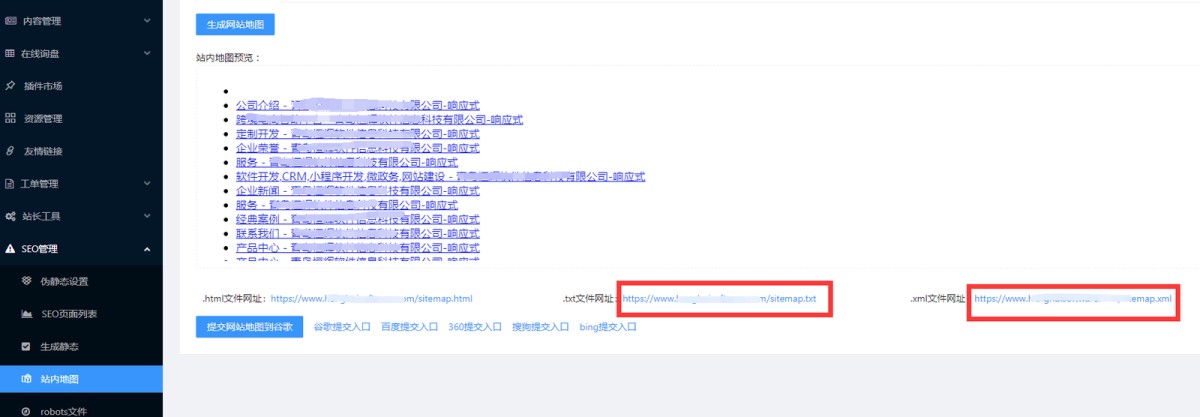EasyStore Cloud Intelligent Website Marketing System Platform!
- Are global buyers abandoning your independent website? Uncover the technical traps that 99% of companies ignore2025-06-19View Details
- Multilingual SEO optimization services help companies expand into international markets!2025-06-19View Details
- AI-driven SEO optimization services can double your website traffic!2025-06-19View Details
- Intelligent website building system + SEO optimization services to create an efficient marketing website!2025-06-19View Details
- Shandong enterprises must see: the five core advantages of independent station construction2025-06-17View Details
- The official agent of Google for foreign trade independent website: authoritative certification, trustworthy2025-06-17View Details
- Which is the best Chinese service provider for foreign trade independent website? Read this article is enough!2025-06-17View Details
- Foreign trade standalone site global server deployment, so that your website is fast2025-06-18View Details
Baidu SEO tips: in-depth analysis of the differences between inclusion and indexing, empowering foreign trade websites to efficiently expose the
1. Introduction: The SEO fog of inclusion and indexing
In the journey of website SEO optimization, inclusion and indexing are two crucial concepts. They are like the "portal" and "pass" of a website, directly affecting the visibility and ranking of the website in search engines. However, many webmasters and SEO practitioners still have a vague understanding of these two concepts. Today, we will rely on the official authoritative perspective of Baidu to deeply analyze the essential difference between inclusion and indexing, and light up the road of your SEO optimization.

2. Inclusion: Initial Acceptance of Website Content
2.1 Definition of inclusion
In short, inclusion is the process by which search engine spiders (crawlers) discover and crawl website page content. When a spider visits a website, it will decide whether to include the page content in its database based on factors such as the website's link structure and content quality. This process is the starting point of SEO optimization. Without inclusion, there will be no subsequent indexing and ranking.
2.2 Factors affecting inclusion
- Website structure : A clear and concise website structure helps spiders crawl and crawl quickly.
- Content quality : Original, valuable, and highly matched with user needs content is more likely to be included.
- External links : External links from high-quality websites can guide spiders to discover and crawl target pages.
- Website update frequency : Websites that update content regularly are more likely to attract spiders to visit frequently.
3. Indexing: In-depth evaluation of web content
3.1 The significance of index
Indexing is the process by which search engines further process and analyze the indexed content. It determines which pages should be displayed in the search results and the order in which they are displayed. Indexing is a key part of SEO optimization because it is directly related to the exposure and traffic source of the website.
3.2 Relationship between index and ranking
Although indexing does not directly determine ranking, indexed pages have the opportunity to appear in search results and thus have the opportunity to be ranked. Search engines will comprehensively evaluate multiple factors such as the content quality, user experience, external links, etc. of the page and ultimately determine the ranking position of the page.
3.3 Factors affecting index
- Content quality : In-depth, professional, and original content is more likely to obtain high index weight.
- User experience : Page loading speed, layout rationality, mobile friendliness, etc. all affect indexing results.
- Quality of external links : External links from authoritative and relevant websites can improve the index weight of the target page.
- Internal link structure : A reasonable internal link layout helps search engines to crawl and evaluate website content more comprehensively.
4. Practical skills: How to promote inclusion and indexing
4.1 Submitting a Sitemap
Submitting a site map to search engines such as Baidu can speed up spiders' discovery and crawling of website content.


4.2 Optimize robots.txt file
Properly configure the robots.txt file to ensure that search engines can successfully access and crawl important content on the website.

4.3 High-quality content creation
Continuously produce high-quality, valuable content to attract spiders to visit frequently and increase the index rate of the website.
4.4 Actively build external links
Attract natural external links by writing high-quality content, or actively exchange links with relevant industry websites to enhance the authority and trust of the website.

4.5 Pay attention to and adapt to search engine algorithm updates
Keep abreast of and adapt to the latest changes in search engine algorithms, adjust optimization strategies, and ensure that the website always remains in the search engine's "favorable zone."
V. Conclusion
Inclusion and indexing are two indispensable links in SEO optimization. They complement each other and together constitute the competitiveness of a website in search engines. By deeply understanding the essential differences and influencing factors of these two concepts and adopting effective optimization strategies, we can better improve the inclusion rate and index weight of the website, so as to stand out in the fierce competition and win more traffic and business opportunities. I hope that the sharing of this article can provide useful reference and inspiration for your SEO optimization journey.
If you have any questions about the construction and operation of foreign trade websites, welcome to contact Yiyingbao Technical Customer Service WeChat: Ieyingbao18661939702, and the staff will be happy to answer your questions!

The picture resources are from the Internet. If there is any infringement, please contact 400-655-2477.
Similar Recommendations




